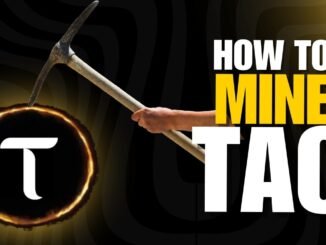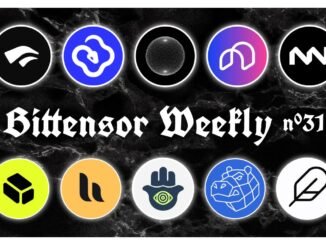
Right now, Bittensor is at a pivotal moment with the potential reintroduction of deregistrations of subnets. In a post on X, DreadBongo argues that bringing them back could transform the network by enforcing accountability and curbing speculation.
The Problem Now
With deregistrations off, every subnet slot is permanent. This has created a speculative market where even abandoned or weak projects retain value. Traders bet on the possibility of revivals, leading to alpha token pumps disconnected from real adoption. Meanwhile, emissions continue flowing to inactive subnets, lowering the overall quality of the ecosystem.
Why Deregistrations Matter
Reintroducing deregistrations would change this dynamic. Underperforming subnets would be removed, their token value reset to zero. While painful in the short term, this would reward builders who deliver and eliminate the “safety net” for speculation. The change aligns with Bittensor’s dTAO upgrade, which emphasizes accountability and market-driven value creation.
This mirrors historical blockchain scalability efforts, such as Ethereum’s subnet experiments, where pruning inefficient nodes improved network efficiency—though it also raised concerns about centralization. For Bittensor, the challenge will be to balance this pruning with decentralized governance to avoid unintended power consolidations.
Benefits for the Ecosystem
Deregistrations would:
- Push subnet owners to maintain active, valuable subnets.
- Reduce noise from abandoned projects.
- Ensure emissions and rewards flow to real projects, not speculation.
- Reinforce decentralized governance by making subnet survival a community responsibility.
Over time, this could raise network quality, attract institutional players, and strengthen Bittensor’s position as a leader in decentralized AI.
Risks and Safeguards
The biggest risk is volatility—subnet removals could wipe out speculative traders. To soften the impact, the community might consider phased deregistrations or clear criteria for removal (like performance metrics or validator consensus).
Conclusion
As DreadBongo highlights, deregistrations are less about punishment and more about pruning. By removing deadweight, Bittensor can evolve into a healthier, more value-driven ecosystem. The message to builders and traders alike is simple: adapt or fade.
Editor’s Note: While this perspective highlights how deregistrations could strengthen dTAO and improve network quality, it also raises a key question: Do deregistrations risk undermining Bittensor’s decentralization?




Be the first to comment